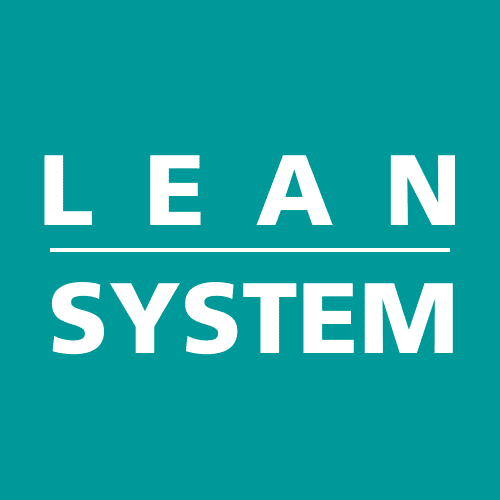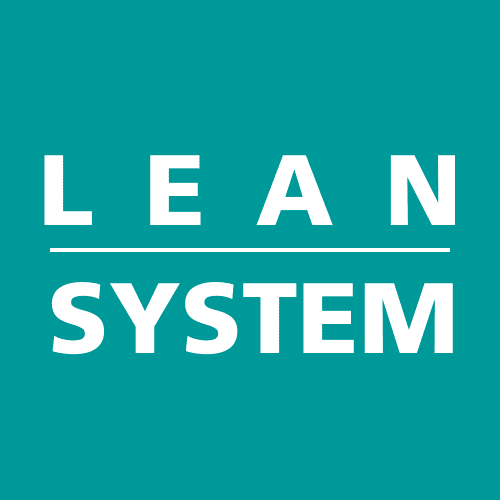ISO 45001 is an international standard that provides a framework for establishing, implementing, maintaining, and improving occupational health and safety management systems. It outlines the requirements that organizations must meet to create a safe and healthy workplace for their employees. In this section, we will explore the core aspects of ISO 45001, focusing on Clause 1 to 3. We will delve into the scope of the standard and understand the key definitions that shape the international standard for occupational safety and health.
Key Takeaways:
- ISO 45001 is an international standard for occupational health and safety management systems.
- Clause 1 to 3 defines the scope of the standard and key definitions.
- Understanding the definitions is crucial for implementing the standard effectively.
- ISO 45001 helps organizations establish effective management systems to ensure the well-being of employees.
- The standard also helps organizations address risks and opportunities and meet legal requirements.
Scope of ISO 45001
The scope of ISO 45001 outlines the boundaries and applicability of the standard in regards to occupational health and safety management systems. It defines the activities and organizations that the standard covers, ensuring they meet legal requirements.
ISO 45001 is applicable to all organizations, regardless of size, industry, or nature of work. It covers all occupational health and safety hazards and risks, including those related to physical, psychological, and social factors.
The standard helps organizations establish and maintain a robust occupational health and safety management system, ensuring compliance with legal requirements. It also provides a framework for continual improvement, enabling organizations to identify and address potential hazards and risks.
Key features of the ISO 45001 scope
ISO 45001 covers the following key features:
- The scope is relevant to all organizations, regardless of size or industry.
- It covers all occupational health and safety hazards and risks.
- It outlines requirements for establishing and maintaining a management system.
- The scope is aligned with other ISO management system standards, such as ISO 9001 and ISO 14001.
https://www.youtube.com/watch?v=VgtdKzMaOTc
By implementing the ISO 45001 standard, organizations can ensure the safety and well-being of their employees, reduce workplace accidents and illnesses, and improve overall organizational performance. It also demonstrates the organization's commitment to occupational health and safety and its responsibility to stakeholders.
Key Definitions in ISO 45001
The success of ISO 45001 greatly depends on understanding the key definitions provided in the standard. These definitions help organizations establish a common language and framework for addressing occupational health and safety concerns. Let's take a closer look at some of the key definitions in ISO 45001:
Occupational Health and Safety (OHS)
ISO 45001 defines occupational health and safety as the “conditions and factors that affect, or could affect, the health and safety of employees or other workers (including temporary workers and contractor personnel), visitors, or any other person in the workplace.”
This definition emphasizes the importance of considering all individuals who may be affected by workplace hazards, not just employees. It also acknowledges the role of temporary workers and contractors in ensuring workplace safety.
Risks and Opportunities
Risks and opportunities refer to any events or circumstances that could affect an organization's ability to achieve its occupational health and safety objectives.
Identifying and addressing risks is an essential part of any OHS management system. By identifying potential hazards and taking steps to mitigate them, organizations can prevent accidents and injuries. Opportunities, on the other hand, are events or circumstances that could enhance an organization's ability to achieve their OHS objectives. For example, a new technology or process that reduces workplace hazards could be an OHS opportunity.
Hazard
In ISO 45001, a hazard is defined as “a source, situation, or act with a potential for harm in terms of human injury or ill health, or a combination of these.”
This definition emphasizes the importance of assessing both the potential for harm and the severity of that harm. Hazards can be physical, chemical, biological, ergonomic, or psychosocial in nature.
Incident
An incident is any “occurrence arising out of, or in the course of, work that could or does result in injury and ill health.”
This definition includes both accidents and near-misses, emphasizing the importance of reporting and investigating all incidents in the workplace. By addressing near-misses or close calls, organizations can prevent more serious accidents from occurring in the future.
Performance
ISO 45001 defines performance as the “measurable results related to the management of occupational health and safety.”
Performance metrics are essential for tracking progress and making informed decisions about OHS management. Organizations should establish specific performance indicators, such as injury rates or near-miss reporting frequency, to monitor the effectiveness of their OHS management systems.

“Understanding the key definitions in ISO 45001 is essential for implementing the standard effectively and promoting occupational health and safety in organizations.”
Conclusion
In conclusion, ISO 45001 is a critical standard for promoting occupational health and safety in organizations. By defining the scope and key definitions, this standard helps organizations establish a robust management system that addresses risks and opportunities while meeting legal requirements.
The scope defines the limits of the standard and its applicability to different organizations and activities. It ensures that organizations implement an effective occupational health and safety management system that provides a safer and healthier workplace for their employees.
The key definitions outlined in ISO 45001 provide clarity on important concepts related to occupational health and safety, risks, and opportunities. Implementing these definitions will help organizations achieve effective risk management strategies, identify opportunities for improvement, and enhance their overall performance.
Overall, ISO 45001 is instrumental in creating a culture of safety and health in workplaces, protecting employees from harm and reducing the likelihood of accidents. By implementing this standard, organizations can not only comply with legal requirements but also gain a competitive advantage by improving their reputation and enhancing their brand value.
FAQ
What is ISO 45001?
ISO 45001 is an international standard for occupational health and safety management systems. It provides a framework for organizations to establish and maintain a safe and healthy work environment.
What is the scope of ISO 45001?
The scope of ISO 45001 defines the boundaries and applicability of the standard. It outlines which organizations and activities are covered by the standard's requirements for occupational health and safety management systems.
What are the key definitions in ISO 45001?
ISO 45001 includes key definitions that are important for understanding and implementing the standard. These definitions cover concepts related to occupational health and safety, risks, opportunities, and other crucial aspects of managing workplace safety.
How does ISO 45001 help organizations?
By implementing ISO 45001, organizations can establish effective occupational health and safety management systems. This helps them identify and address risks and opportunities, meet legal requirements, and create a safer and healthier workplace for employees.
Why is ISO 45001 important?
ISO 45001 is important because it provides a globally recognized framework for managing occupational health and safety. By following the standard's requirements, organizations can proactively prevent accidents and illnesses, protect their employees, and enhance their reputation as responsible businesses.

